Superstitions can be silly at times, but there is something to be said for deeply-held beliefs. If you wake up believing you’ll have a bad day, there’s an element of self-fulfilling prophecy at play, increasing the chances that you will. Conversely, if you have a few supposedly lucky trinkets on your person, you might feel better protected, even if you’re actually not — so you might take some calculated risks or act boldly, bolstered by a talisman that itself is doing nothing for you. And like an elephant with a “magic” feature, that extra boost of confidence might help you soar.
But even if you don’t believe in luck at all, the idea that some items are luckier than others is fascinating for what it can tell us about how different cultures view the role chance plays in the world. Here are a few supposedly lucky things to start you on your journey of good fortune.
A four-leaf clover
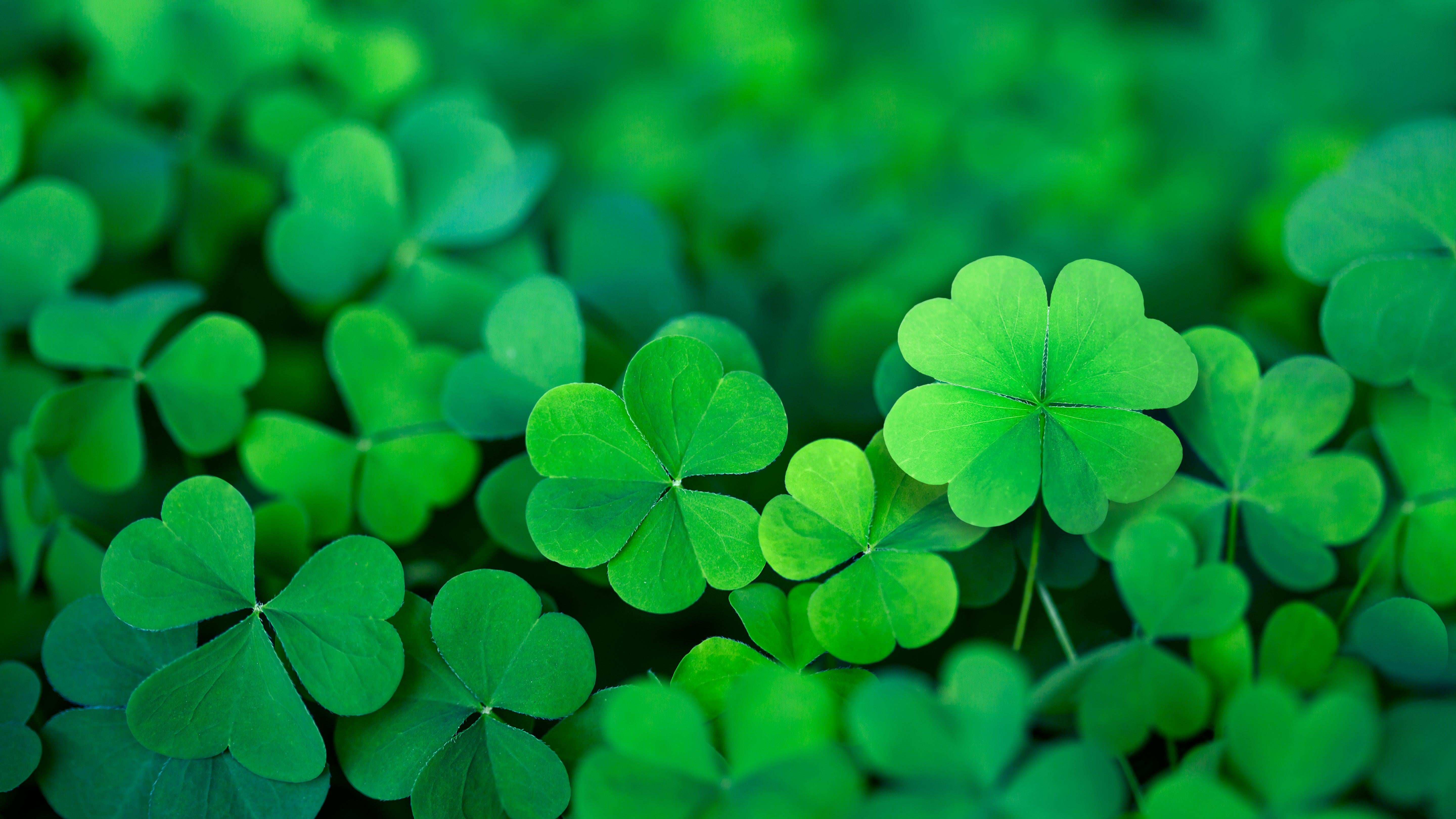
Four-leaved clovers are one of the most famous symbols of luck. Unlike the boring three-leaf sprig known as the shamrock, they’re kind of rare, which makes it a thrill when you do see one. The myth of the four-leaf clover is so powerful that there has even been some research into how rare they really are. One study looking at over 5.7 million clovers found that there is one four-leaf clover to every 5,076 three-leafed ones.
Horseshoes
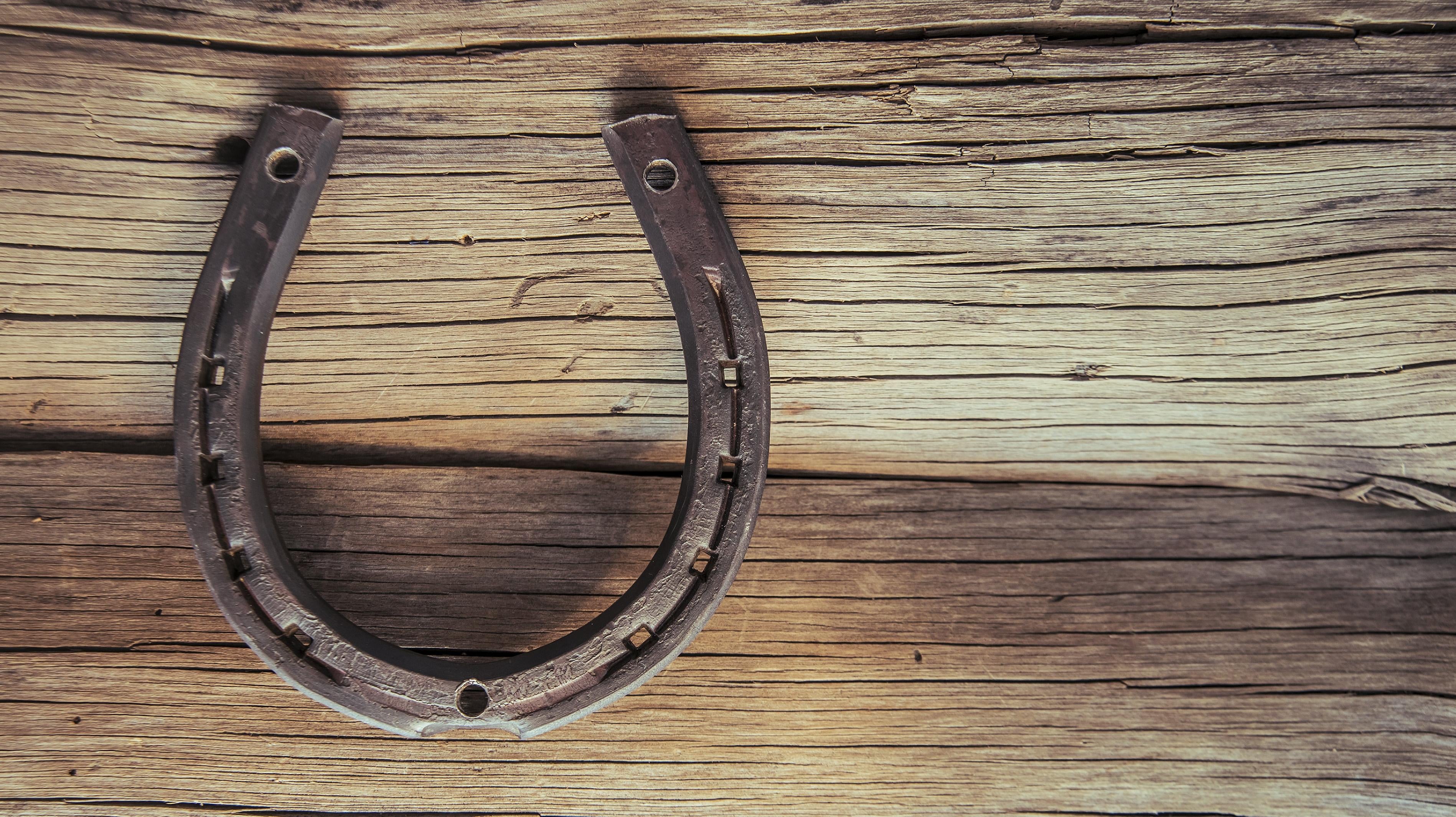
You probably don’t want to carry a heavy horseshoe in your pocket, but you can absolutely put one on your wall, and doing so is said to attract luck to your home. Per the Kentucky Derby Museum, which is as trustworthy of a source as one could hope to find when researching horse-related legends, no one really knows where the idea that horseshoes are lucky came from, but it may date to the eighth century, when Chaldeans thought its crescent shape was reminiscent of moon goddesses. Regardless of its origin, its sterling reputation remains. Hang a horseshoe above your door with the open part facing upward so the luck doesn’t fall out. If you need an extra boost of good fortune, turn it the other way so the accumulated luck rains out of it onto you as you walk through the doorway. It’s honestly better to just go with these things than ask too many questions.
Pennies
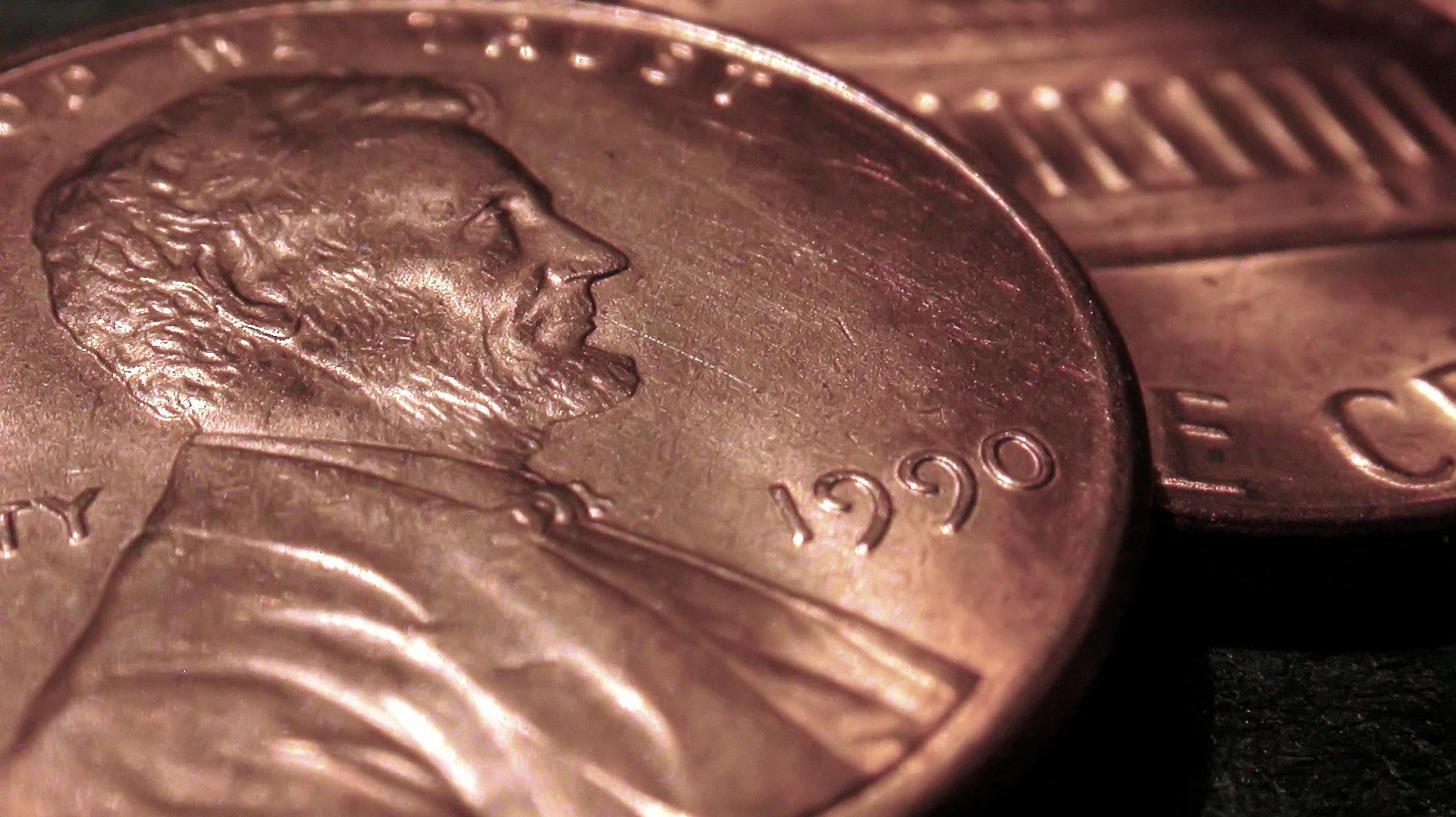
In this time of great inflation, you may want to save every penny, literally, and make frequent trips to the Coinstar machine to turn your change into cash…but you can spare one penny for luck. The thing about lucky pennies is that you have to find them; fishing one out of the bottom of your bag won’t really do the trick. If you see one on the ground, especially one lying face-up, pick it up and prepare for good fortune. Bonus points if the year it was minted is somehow important to you — like if it was the year you were born or got married — or if you find it on May 23, which is National Lucky Penny Day.
A rabbit’s foot
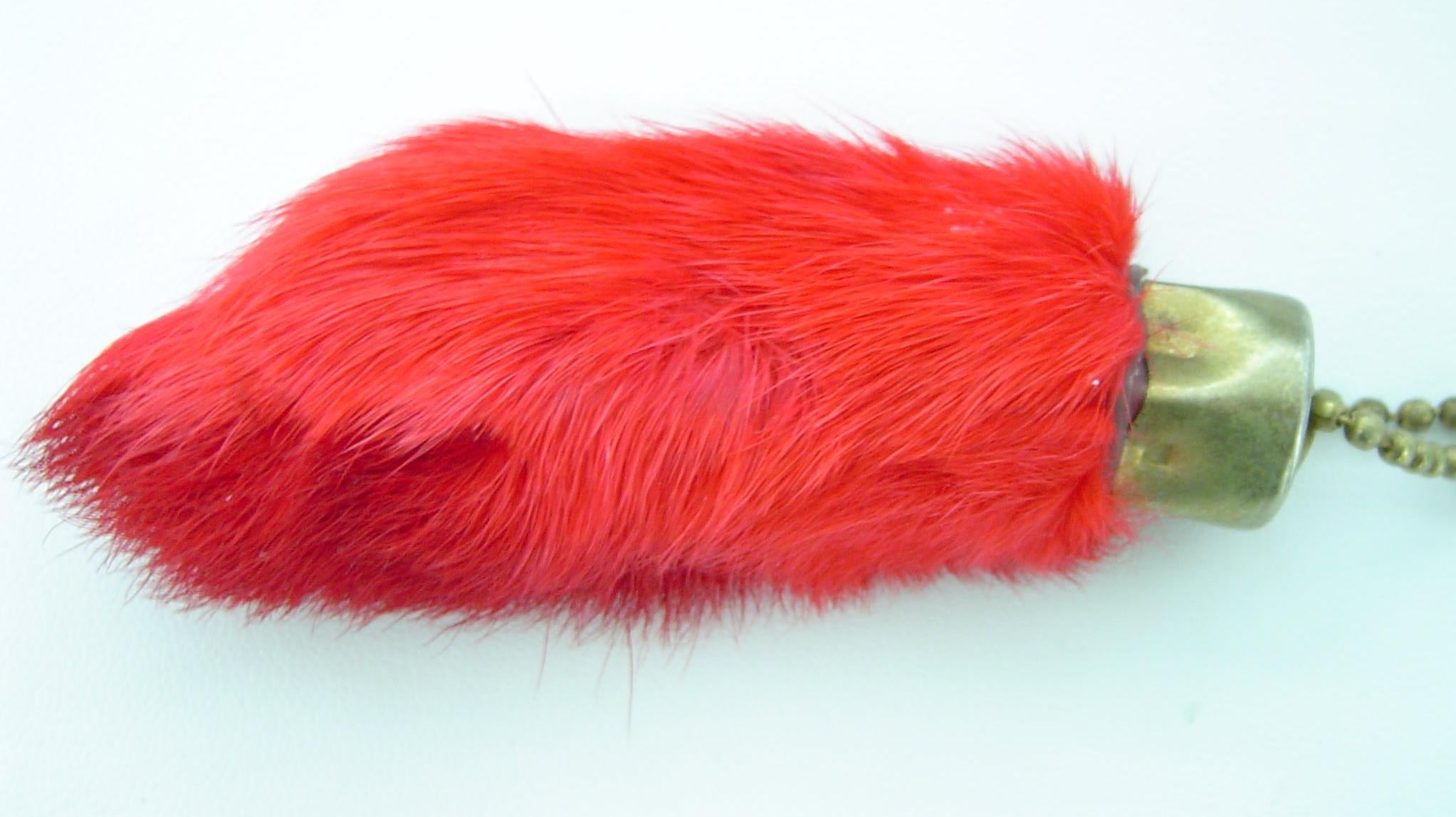
While gross, a severed rabbit’s foot is considered lucky. The belief is pretty widely held, too, cropping up in cultures across Europe, Asia, Africa, and North and South America, though each region has its own rules about the whole thing. Some cultures maintain the rabbit has to be killed in a certain way or by a person with a particular trait. None of that does much to negate the ickiness of carrying around an animal’s limb, but you are already in luck, even before acquiring the fortune-delivering foot: Fake rabbit’s feet are available in tacky gift shops the world over, usually with handy keychain attachments.
Elephants of any kind
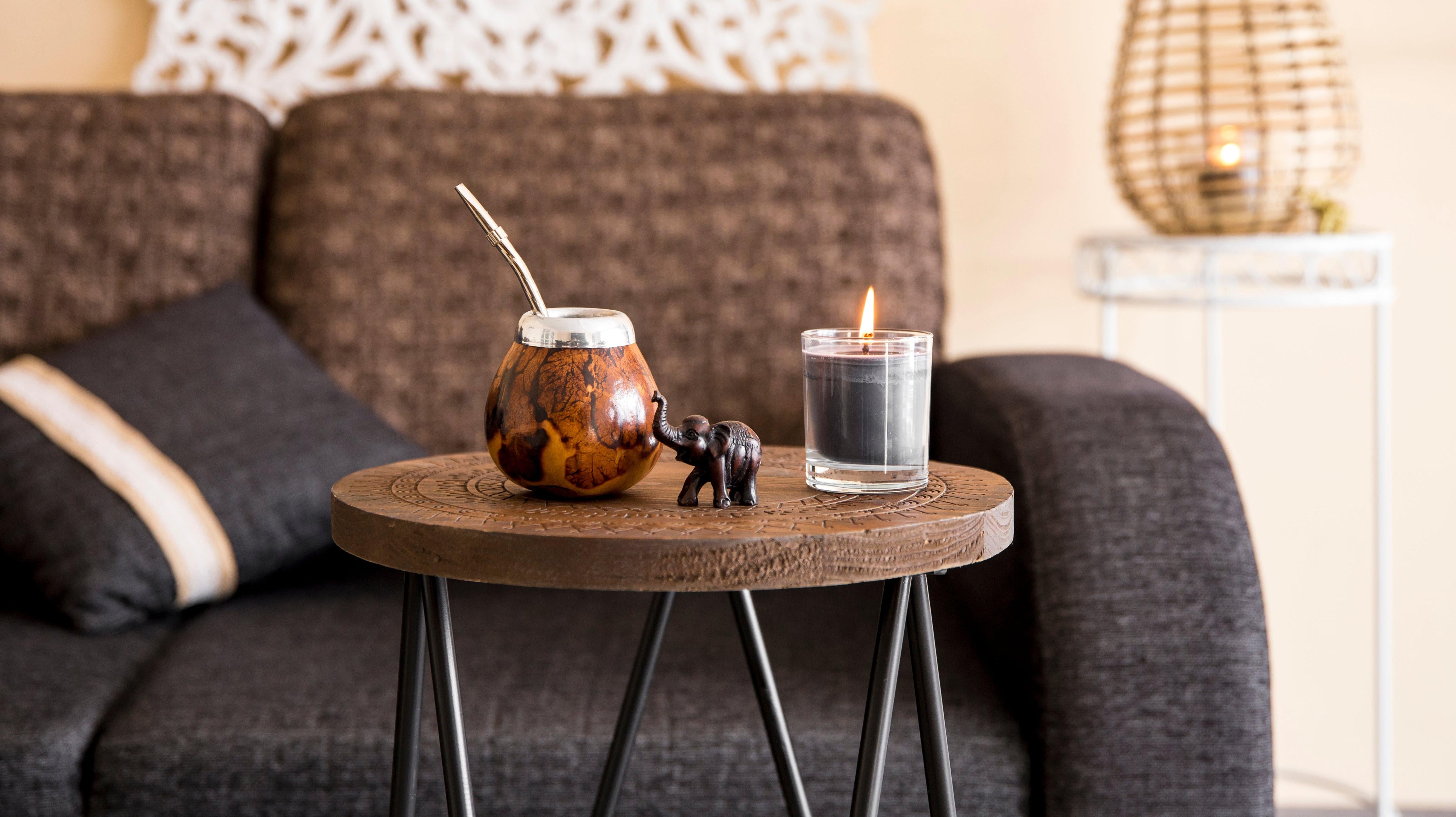
Elephants are a big symbol of luck in Asian cultures. In Chinese feng shui, they represent wisdom and good fortune, and in Hinduism, the elephant is a symbol of Ganesha, the god of luck. But you obviously cannot have your very own elephant, which leaves you free to interpret this one however you want. Whether you have a little figurine, a keychain, or an item emblazoned with an elephant, you qualify for all the good side effects associated with being near it.This is great news because if you actually ever did find yourself in a situation where you were up close and personal with a real elephant, it would probably be very unlucky.
Turtles (or at least their shells)
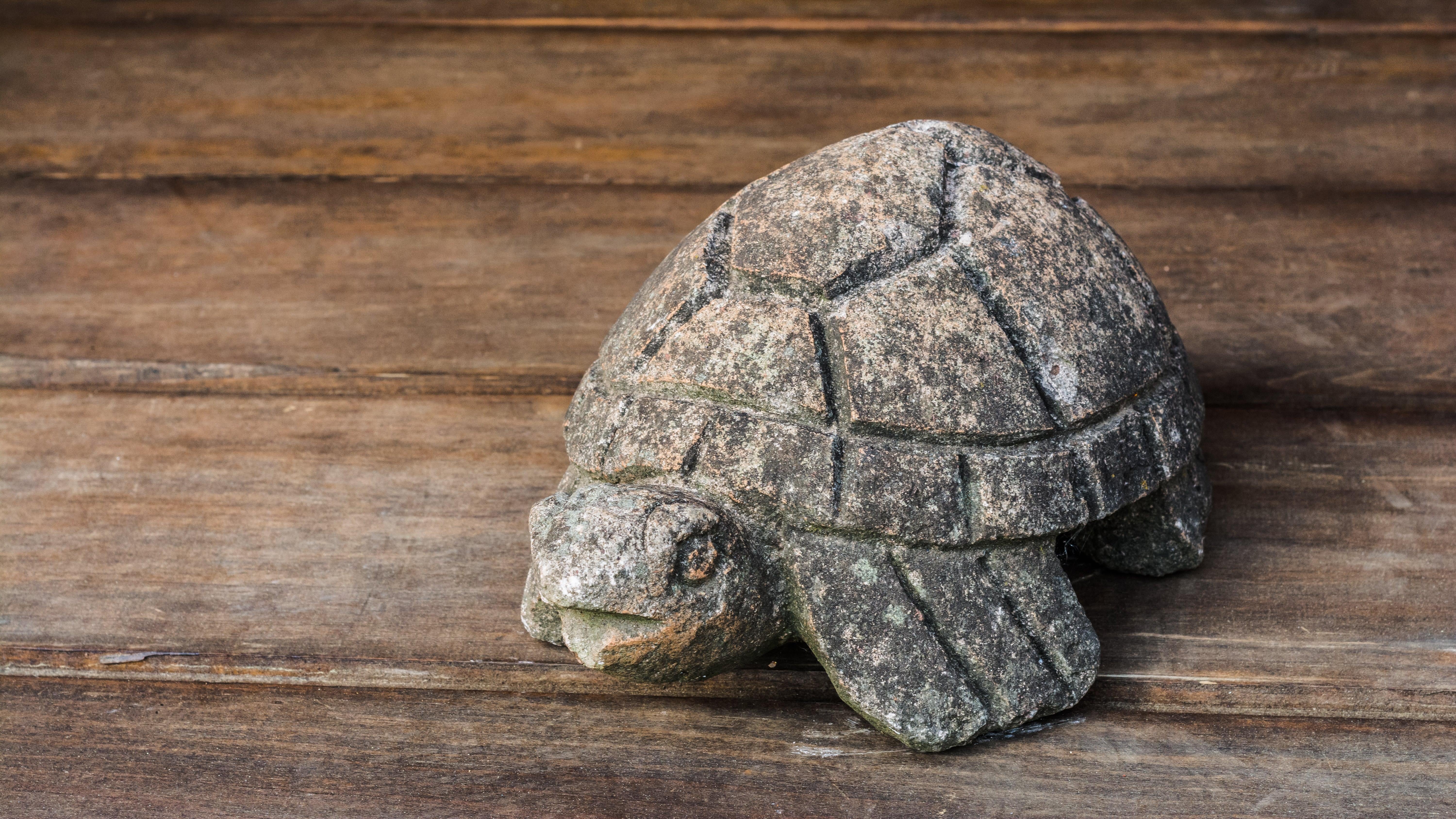
Practitioners of Feng Shui are also advocates of having some type of turtle in your home to usher in good fortune. You don’t need a real turtle; a statue is just fine, as is a shell. What is most important, though, is its placement: The best Feng Shui placement for a turtle figurine is at the back of your house, although you can also pop one in your backyard or garden. Placing a stone turtle to the west of your front door can also bring you some security.
Anything red
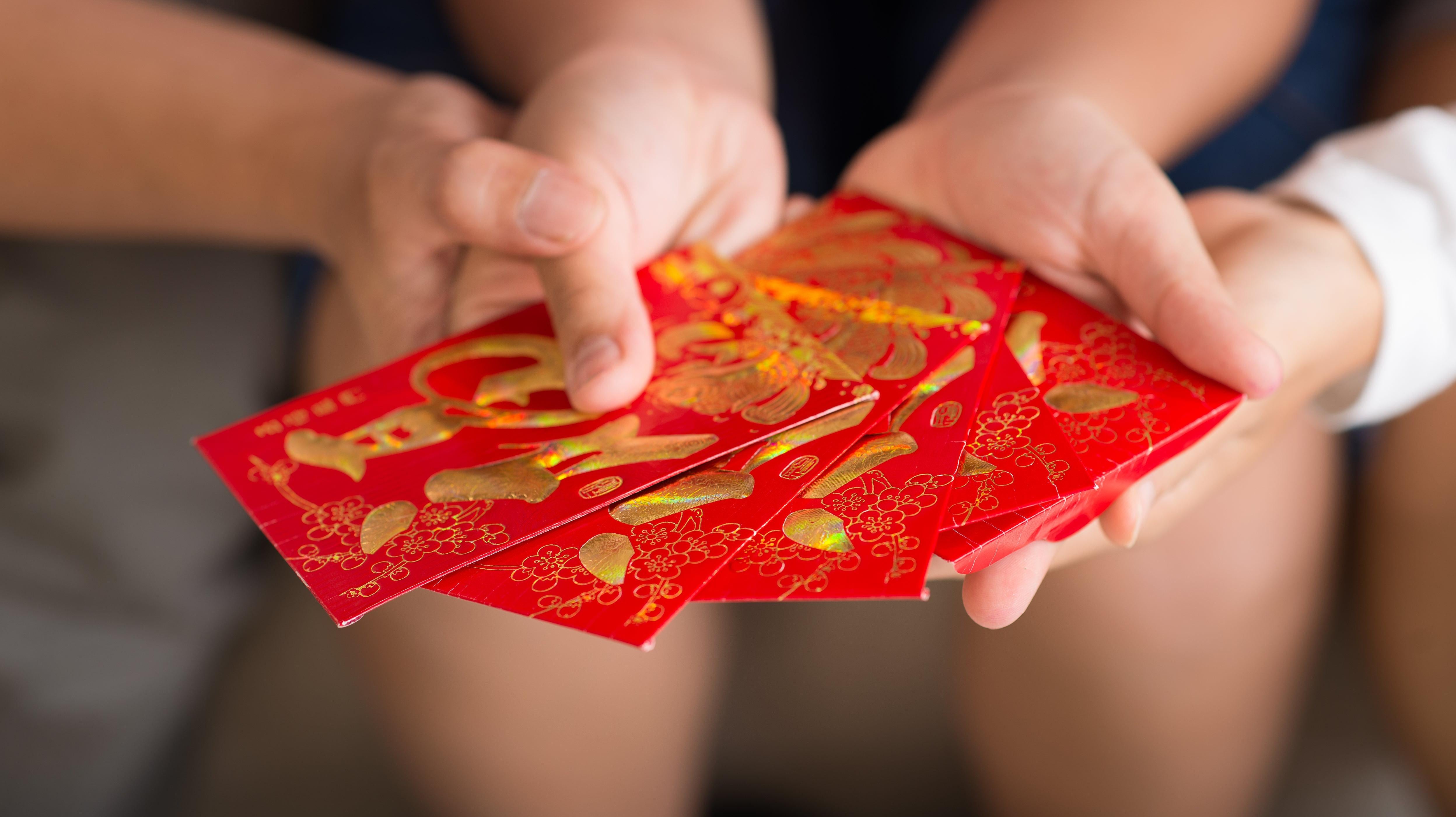
Here is a lucky symbol that is totally open to interpretation: Anything red can be a talisman for you. A red handbag, red sneakers, a red pen — your options are really limitless, so soak up the good vibes any time you use or wear something in the hue. This belief comes from China, where red has long been the colour of tradition and ceremony. People hang red lanterns, for instance, and give gifts of money in red envelopes on special occasions, like the Chinese New Year or at weddings.
A scarab beetle
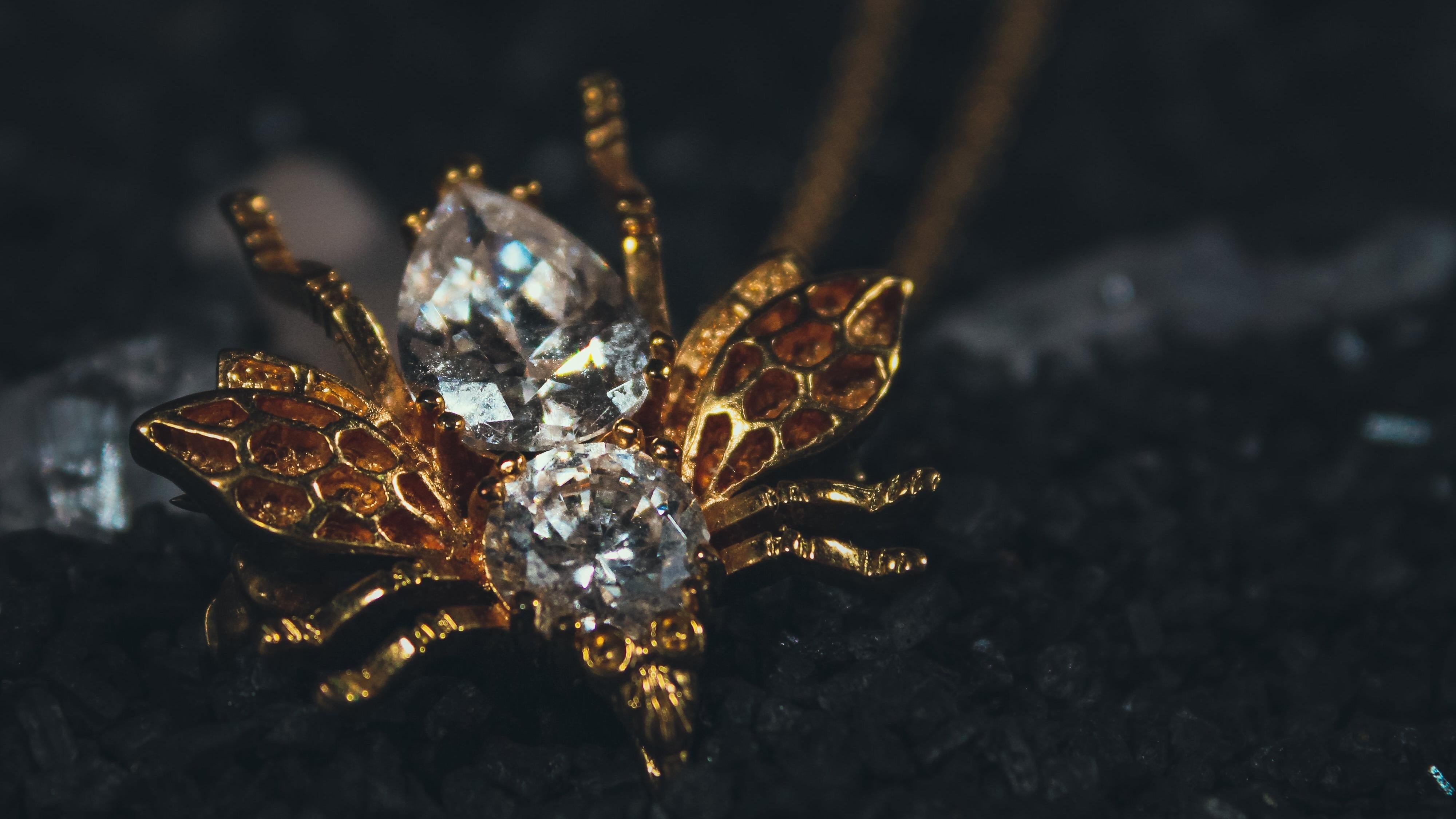
Take a little lucky inspiration from ancient Egyptians, who thought the poop-eating scarab beetle was symbolic of the sun moving through the sky as it rolled dung through the sand, somehow turning the beetle into a symbol of good fortune that has endured through the ages.
Evil eye beads
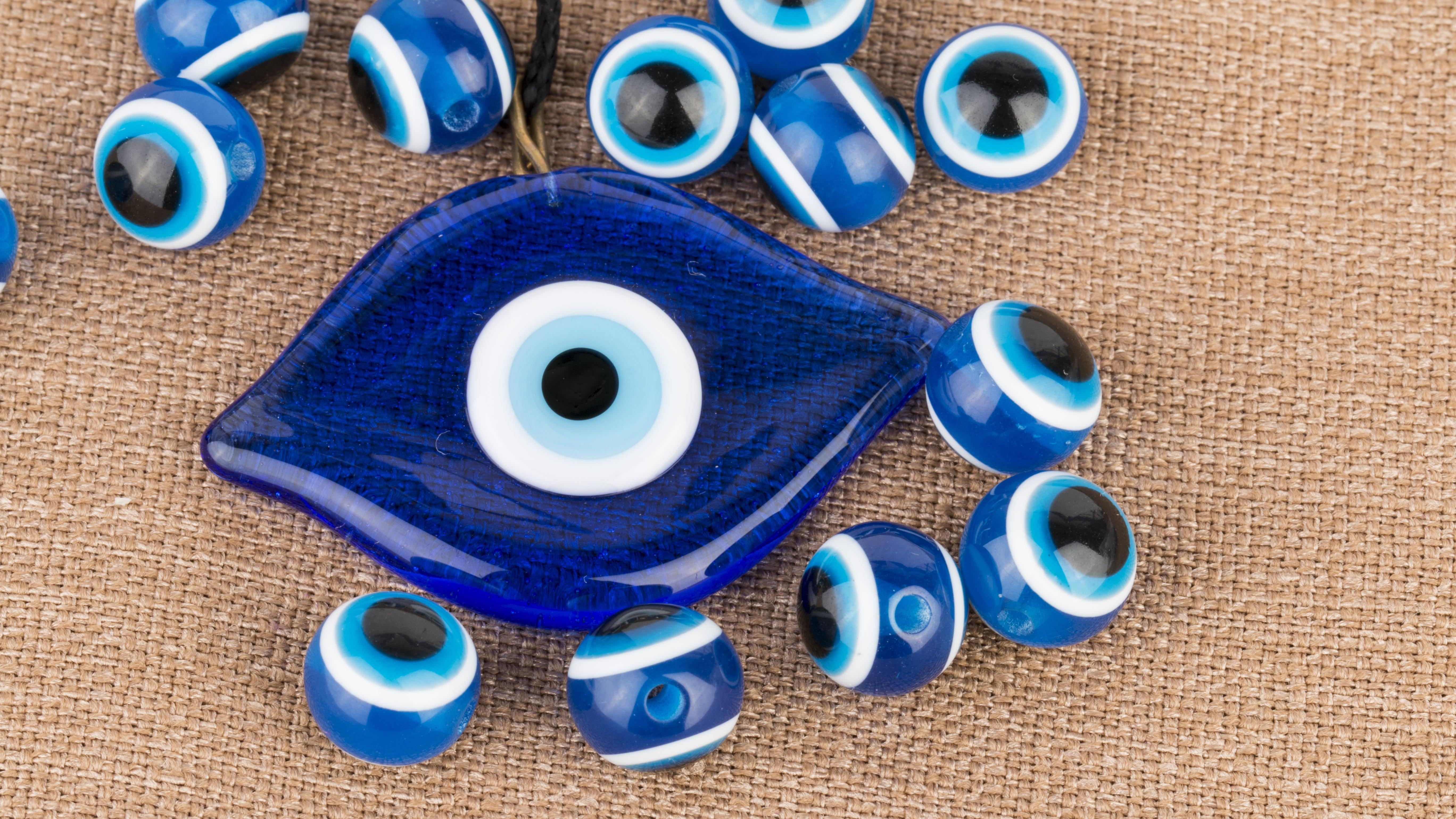
You’ve definitely seen evil eye beads and charms before. They’re a beautiful deep blue with a lighter blue in the centre. You’ll find them on keychains, bracelets, and necklaces, and are a common find at flea markets in Turkey, Greece, and around the world, or at upscale boutiques looking to profit off the renewed interest in a centuries-old symbol of protection. You’re as likely to see one on a wise old grandma in the Mediterranean as you are when you flip through a tabloid (Meghan Markle has been spotted sporting a few different versions.) What’s interesting about this symbol is that it doesn’t necessarily bring luck to the wearer; rather, it brings bad luck to anyone who looks at or treats the wearer with jealousy or maliciousness.
Ladybugs
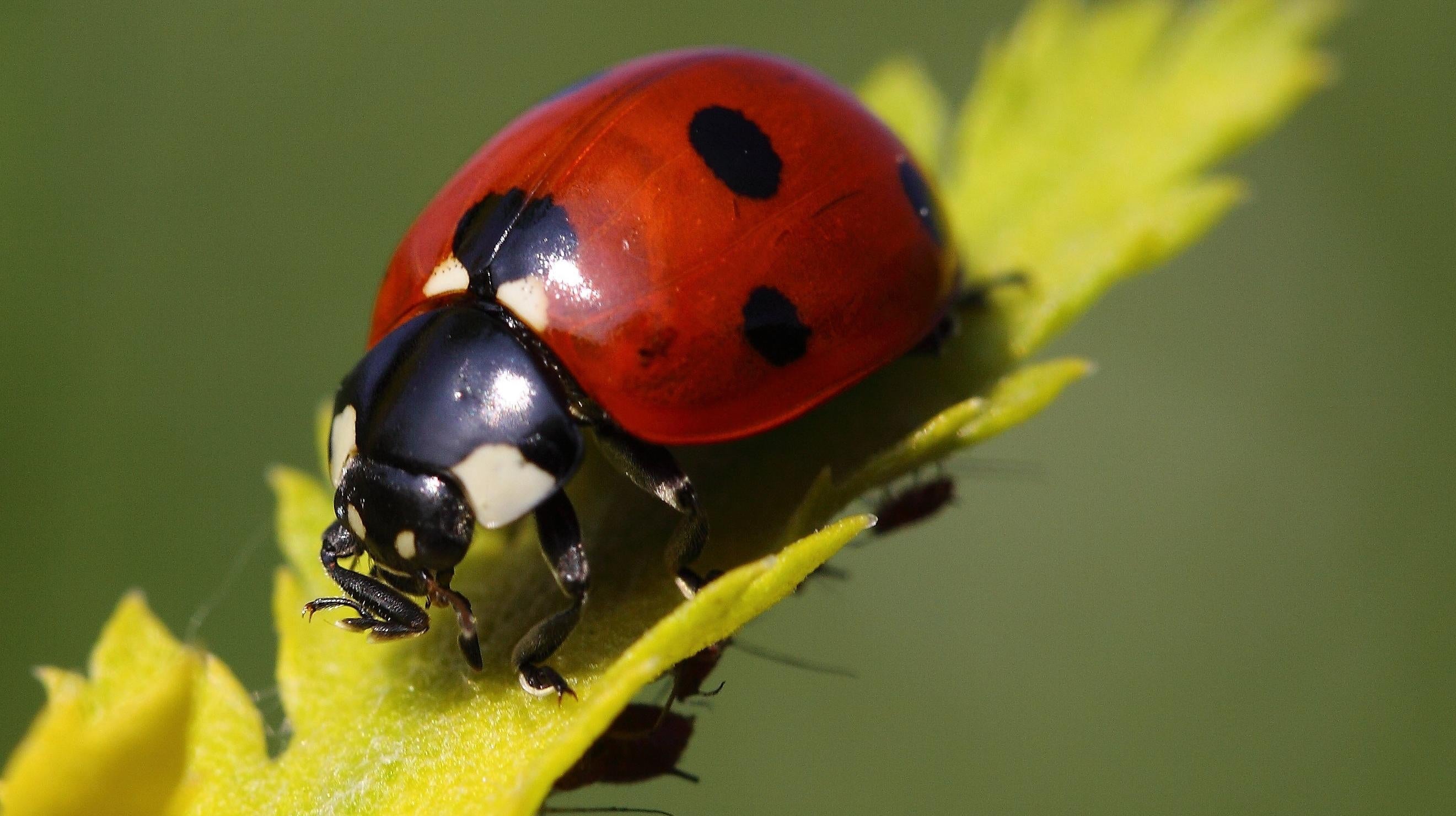
If you’ve ever had a ladybug land on you while you’re chilling with your friends outdoors, you’ve probably been promptly informed that it’s a sign of extremely good luck. Even seeing one is supposedly a sign good things are heading your way, which is great news for literally anyone who sets foot outside in the summertime. For proof that this is a really enduring symbol, look no further than pop culture: Frankie Valli & The Four Seasons had a hit in 1963 with their song “Lucky Ladybug,” which also referenced four-leaf clovers, horseshoes, and rabbit’s feet.
Acorns
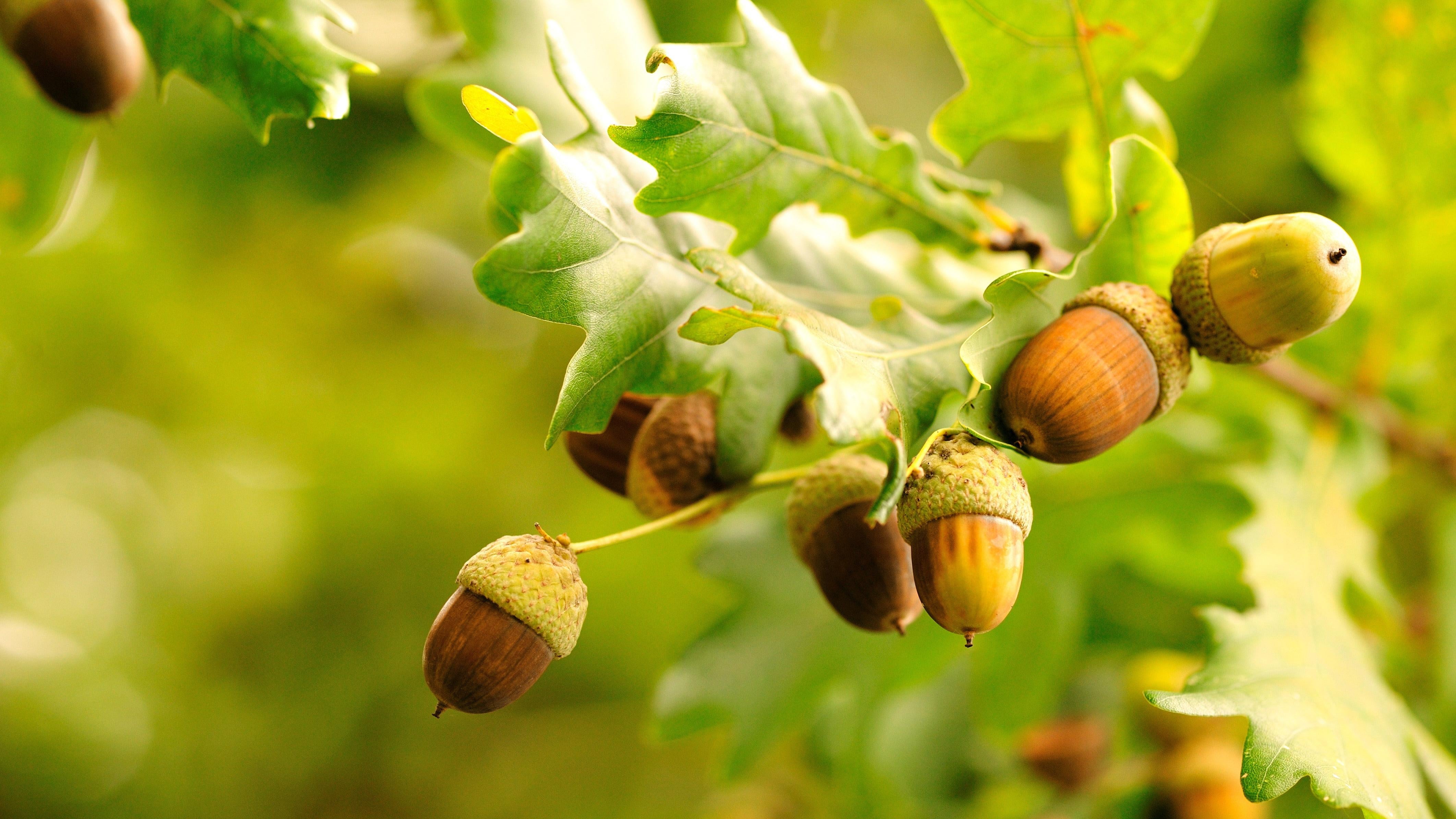
Acorns are yet another symbol of prosperity and good luck, but they’re also believed to be especially beneficial for your health. They’re said to ward off illness and pain or speed up healing if you are already sick. They are, of course, no substitute for actual medical intervention, but they are at least cute and unobtrusive, so you won’t look too foolish if you cop a little acorn-shaped charm necklace. You might look slightly sillier if you actually keep a real acorn on your person, but that’s fine; no one has to know.
Crickets
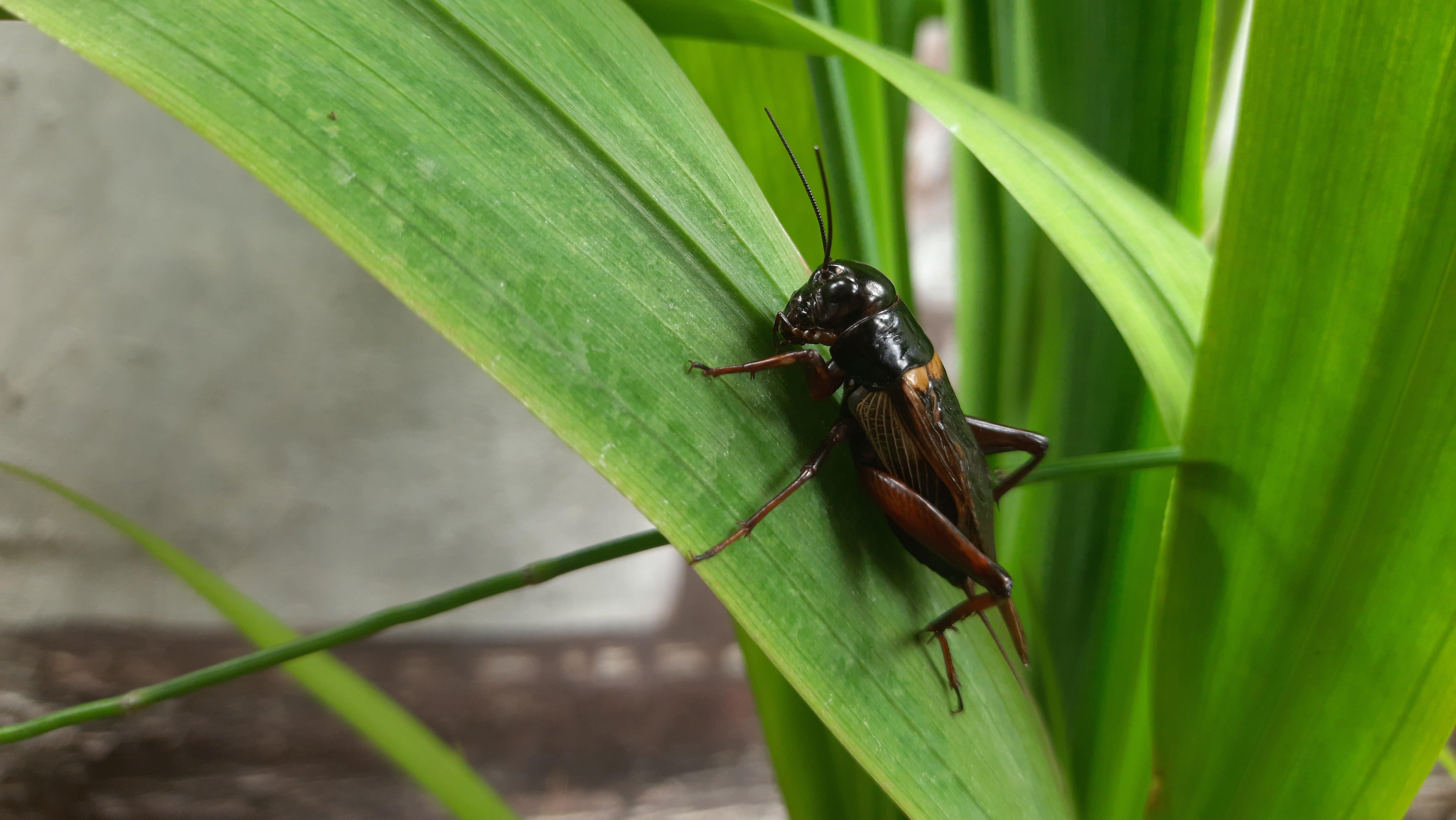
If, for some unholy reason, you get a ton of crickets in your garden or home, you might think you’ve stumbled on some seriously bad luck. Reframe your perspective! Crickets are said to be harbingers of good fortune. If you hear one, don’t go rushing off to kill it. Rather, let it noisy chirps convince you that wealth and prosperity are around the corner. (This will be easier said than done. Trust the process, but contact an exterminator if necessary.)
Religious symbols
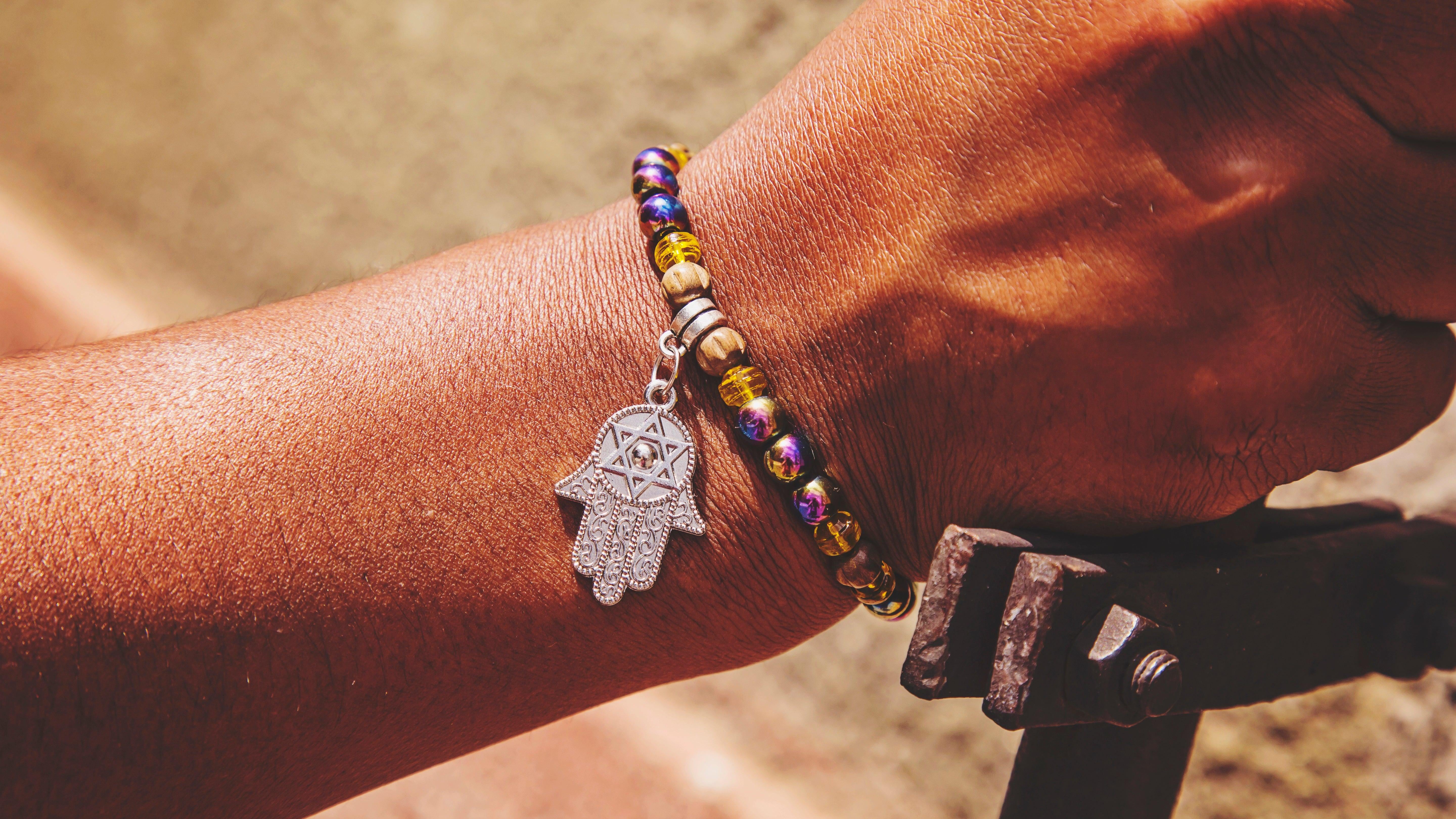
Different religions have their own symbols of good luck, and even if you don’t subscribe to any particular ideology, we can all appreciate the rich history of luck-seeking trinkets from cultures around the world. In Catholicism, St. Cajetan is the saint of good fortune, for instance. The Hamsa Hand or Khamsa is a symbol of good luck in Judaism and Islam. Granted, these symbols are meant to remind the faithful that god is watching over them and as god is in charge of luck, people should be on their beast earthly behaviour to receive it. If that sounds comforting to you, pick up a Khamsa or St. Cajetan figurine ASAP.

Leave a Reply
You must be logged in to post a comment.